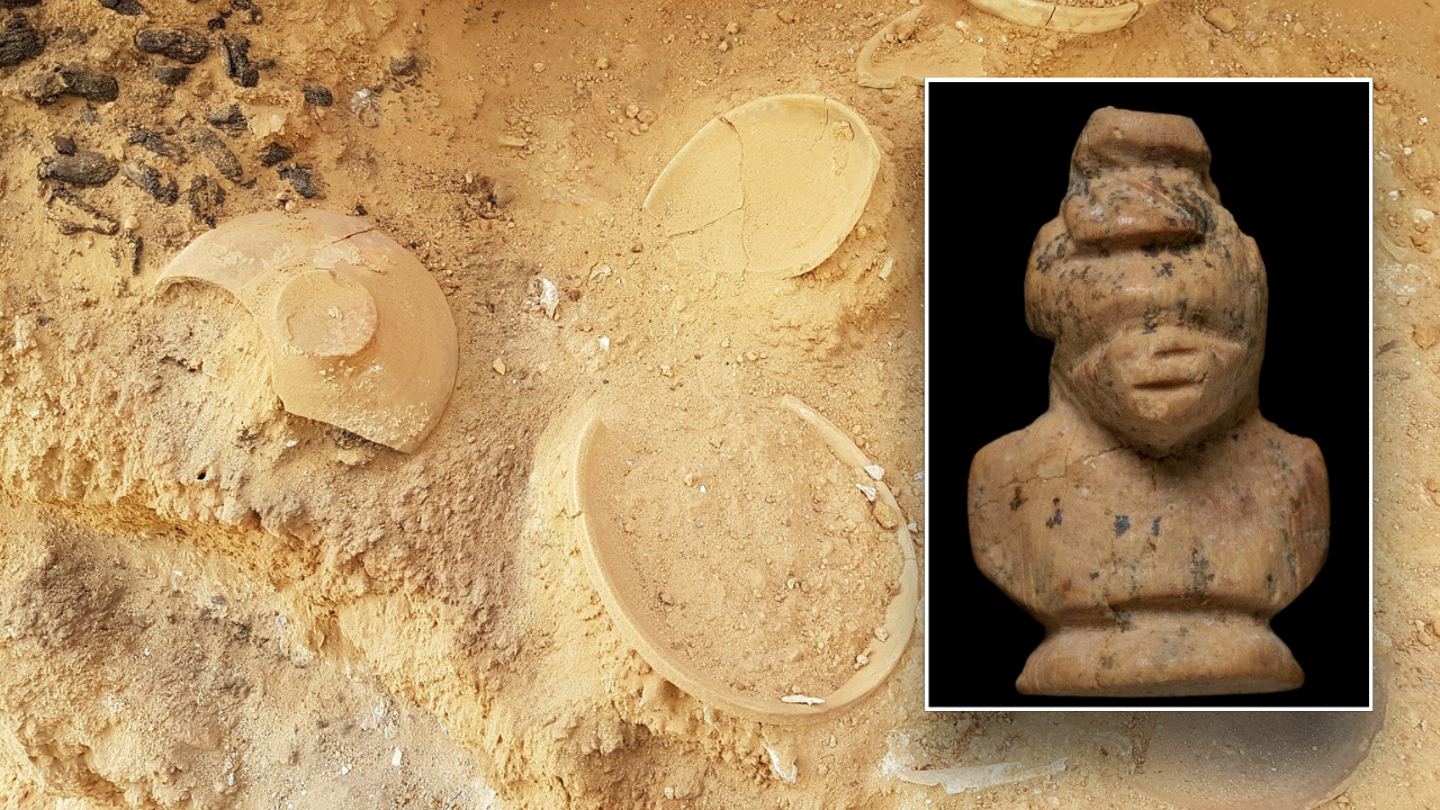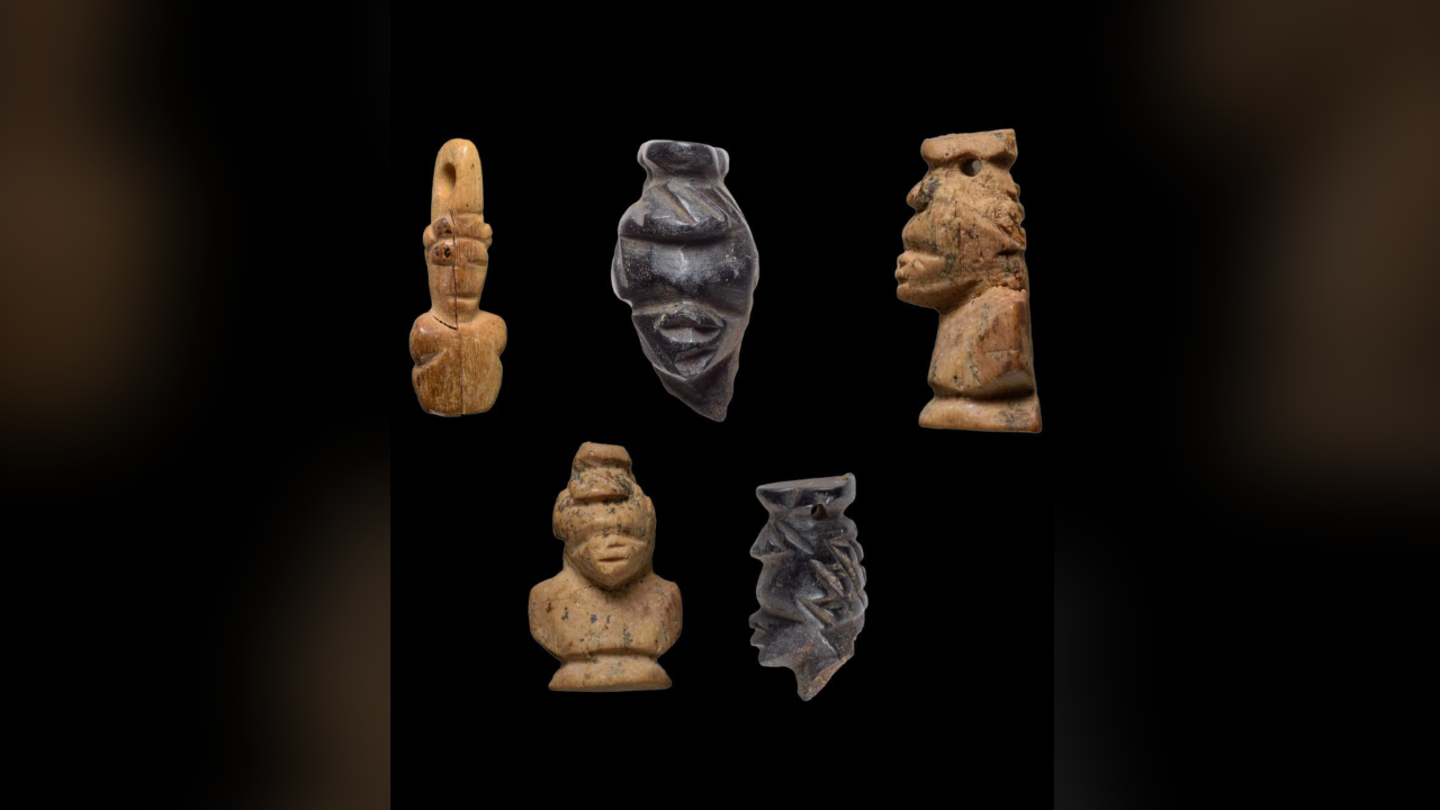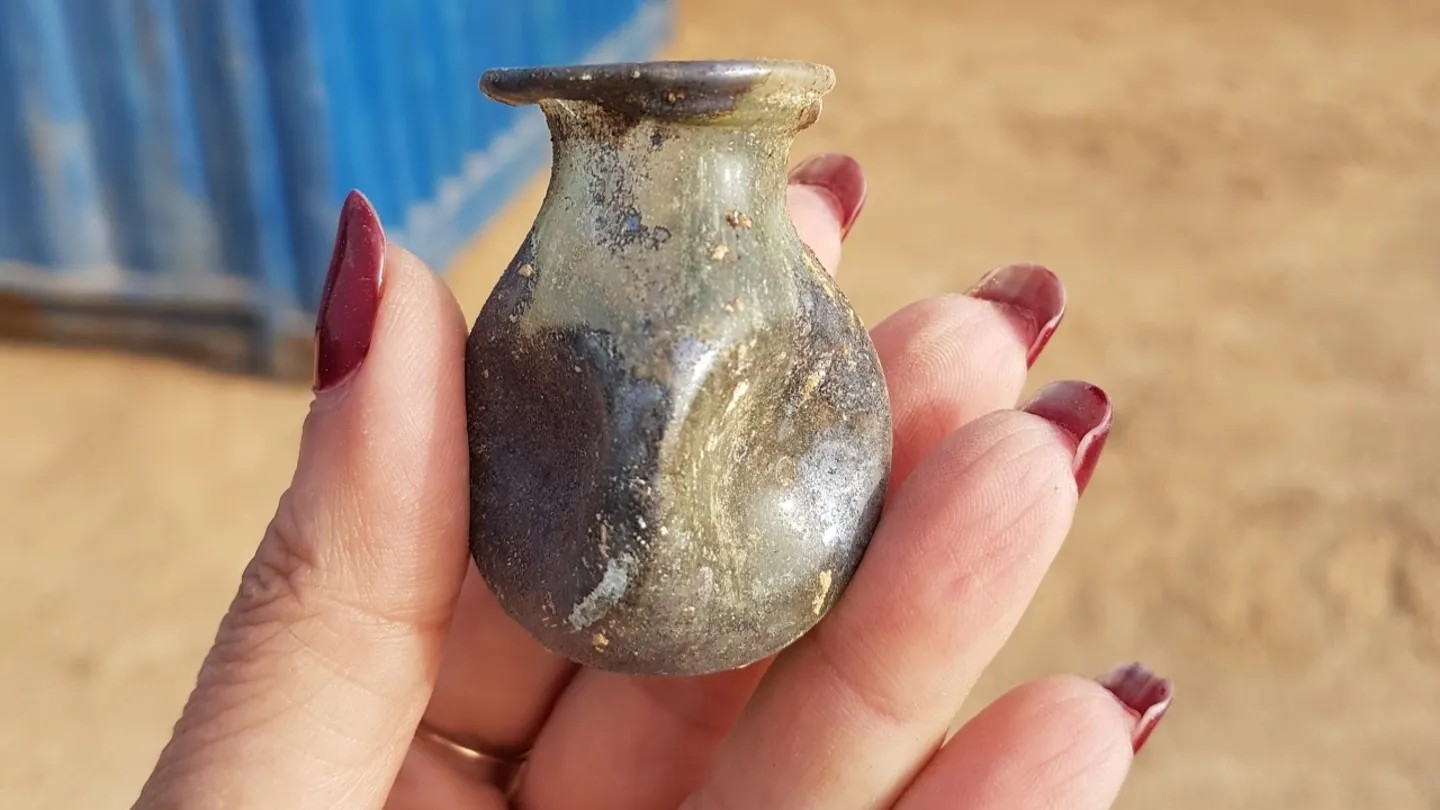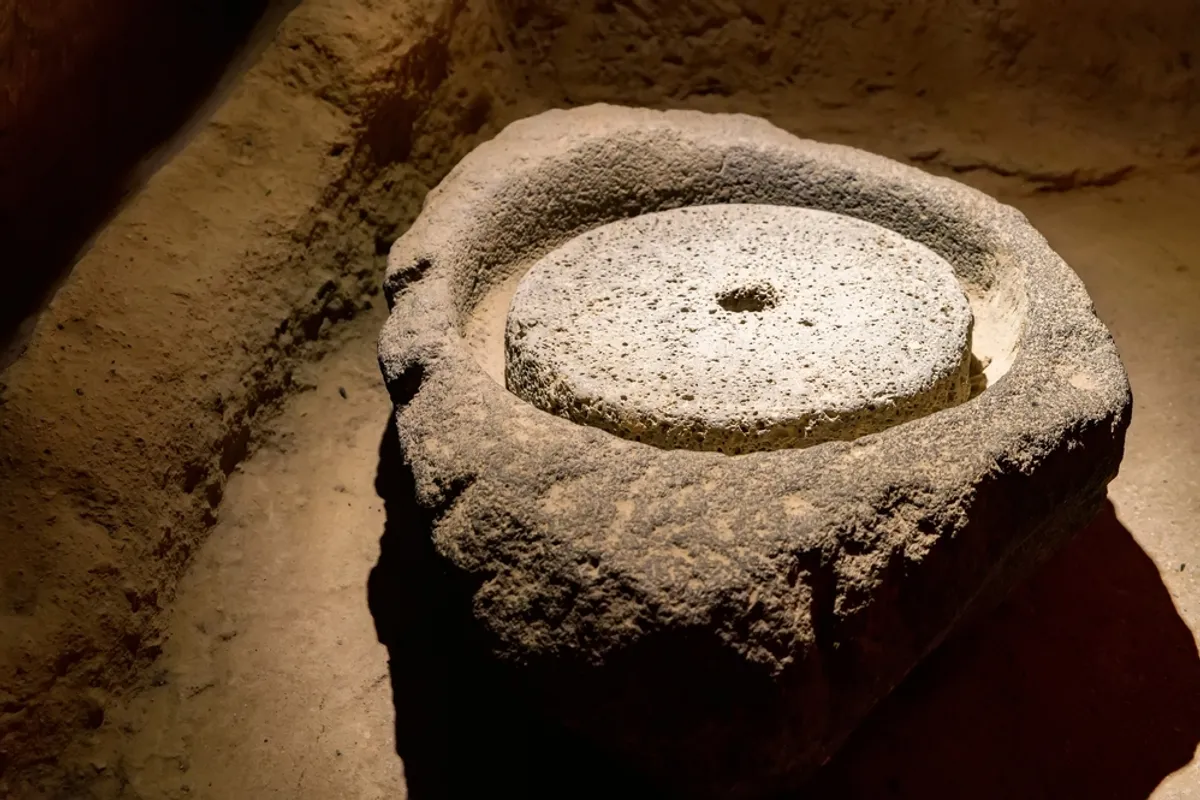Rare artifacts suggest enduring traditions among early Christian populations in Israel’s Arad Valley
Archaeologists in Israel have made a remarkable discovery in the Tel Malḥata region of the Arad Valley: a collection of ancient wooden figurines found in 1,500-year-old burial mounds. These rare artifacts are believed to have belonged to a Christian community—some of whom had African origins—offering fresh insight into the cultural and religious diversity of early populations in the region.
According to Israeli researchers, the figurines suggest that this African community maintained elements of their ancestral traditions even after embracing Christianity. In a newly published academic article, the team notes, “The figurines highlight the presence of a Christian community in southern Israel some 1,500 years ago, with certain members likely having African roots.”
The ancient artifacts were discovered during an excavation at Tel Malḥata, in the Arad Valley.
(Photo: Svetlana Talis / Israel Antiquities Authority)
Far more than decorative objects, the figurines appear to have held deep personal and emotional significance. The study emphasizes that these were “not merely ornamental, but personal items imbued with meaning—telling stories of identity, tradition, and memory.”
The Israel Antiquities Authority (IAA), which led the excavation, noted that the artifacts were “carefully placed” between the remains of women and children, and despite the passage of centuries, they remain remarkably well-preserved.
“There is a strong possibility that the figurines represented ancestors,” the researchers explained, “preserving traditions passed down through generations—even after converting to Christianity.”
The tombs were uncovered during excavations at Tel Malḥata, and researchers believe one burial may have contained a woman and a child buried side by side, with the figurines possibly belonging to the same family—perhaps a mother and her son.
The IAA described the find as “a rare discovery,” pointing out that African-style figurines in Christian graves are highly uncommon. “This deepens our understanding of the region’s cultural mosaic 1,500 years ago,” the agency stated.
A Year of Extraordinary Discoveries
Eli Escusido, Director of the Israel Antiquities Authority, described the find as “moving—not just in an archaeological sense, but on a deeply human level.”
“It reminds us that the land of Israel has always been a crossroads of cultures and peoples,” he said. “People who arrived here from distant lands, integrated into local life, yet carried with them the traditions and beliefs of their homelands.”
The Tel Malḥata discovery is one of several major finds announced by the IAA over the past year. In December, archaeologists revealed the discovery of the oldest known Chinese inscription ever found in Israel, unearthed at the sacred site of Mount Zion.
The excavation unearthed glassware, bronze bracelets, and jewelry made of stone and alabaster.
(Photo: Svetlana Talis / Israel Antiquities Authority)
In another fascinating find earlier in March, a young Israeli child discovered a Canaanite amulet while exploring the hill of Tel Azekah, located between Lachish and Jerusalem in the Judean foothills.
Excavations also uncovered an array of artifacts, including glassware, bronze bracelets, and jewelry made from stone and alabaster—painting a rich and textured portrait of life in ancient times.









